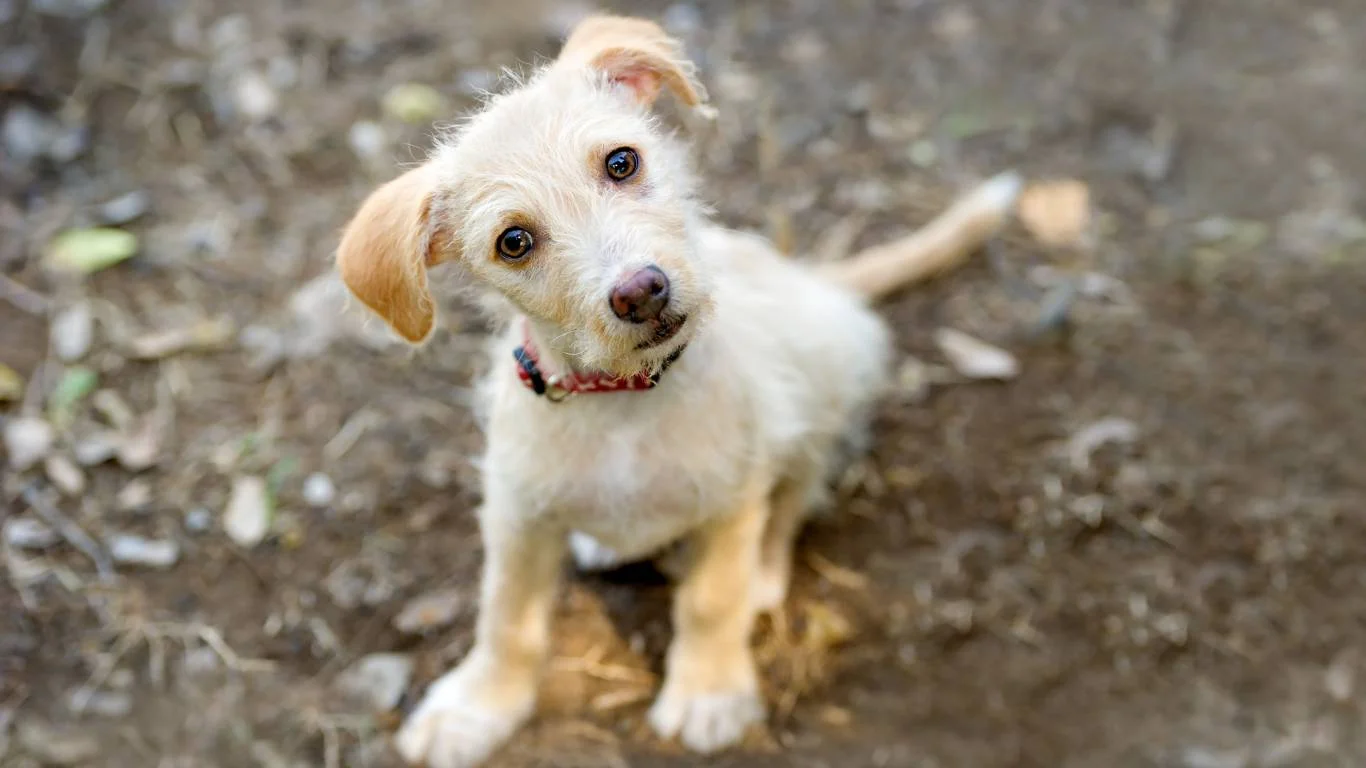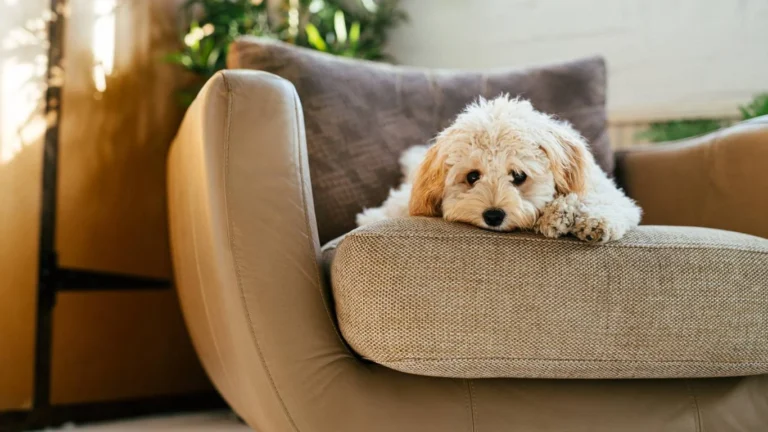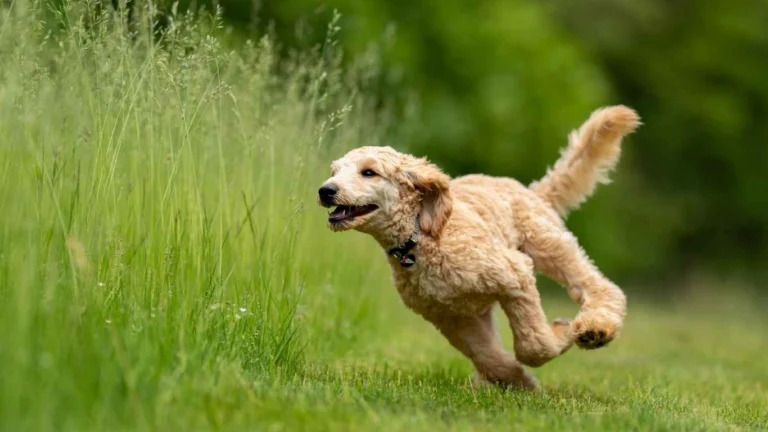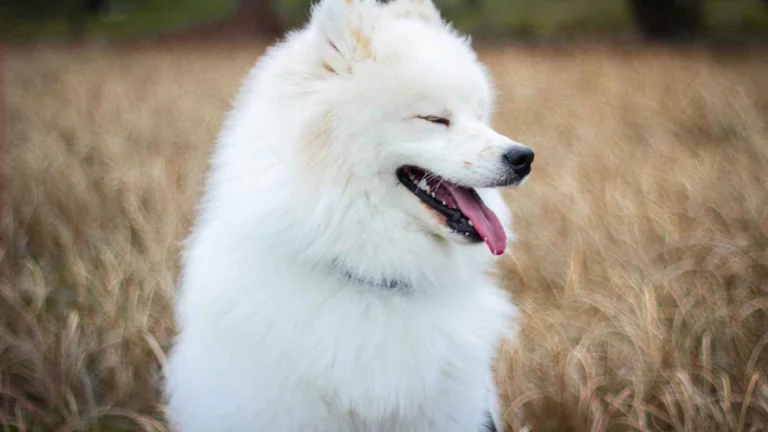Discover Top Dog Health Tips for a Happy, Healthy Pup
When it comes to keeping our furry companions in top shape, there’s more to it than just feeding them and hoping for the best. As someone who’s spent years as a Canine-Assisted Therapy Trainer, I’ve seen firsthand how small tweaks in routine can make a huge difference in a dog’s health and happiness. If you’re ready to Discover Top Dog Health Tips for a Happy, Healthy Pup, you’re in the right place. Whether you’ve got a bouncing Lab, a mellow senior, or an eager-to-please pup-in-training, let’s dig into the practical, real-world ways to help your dog thrive.
Nutrition Isn’t One-Size-Fits-All
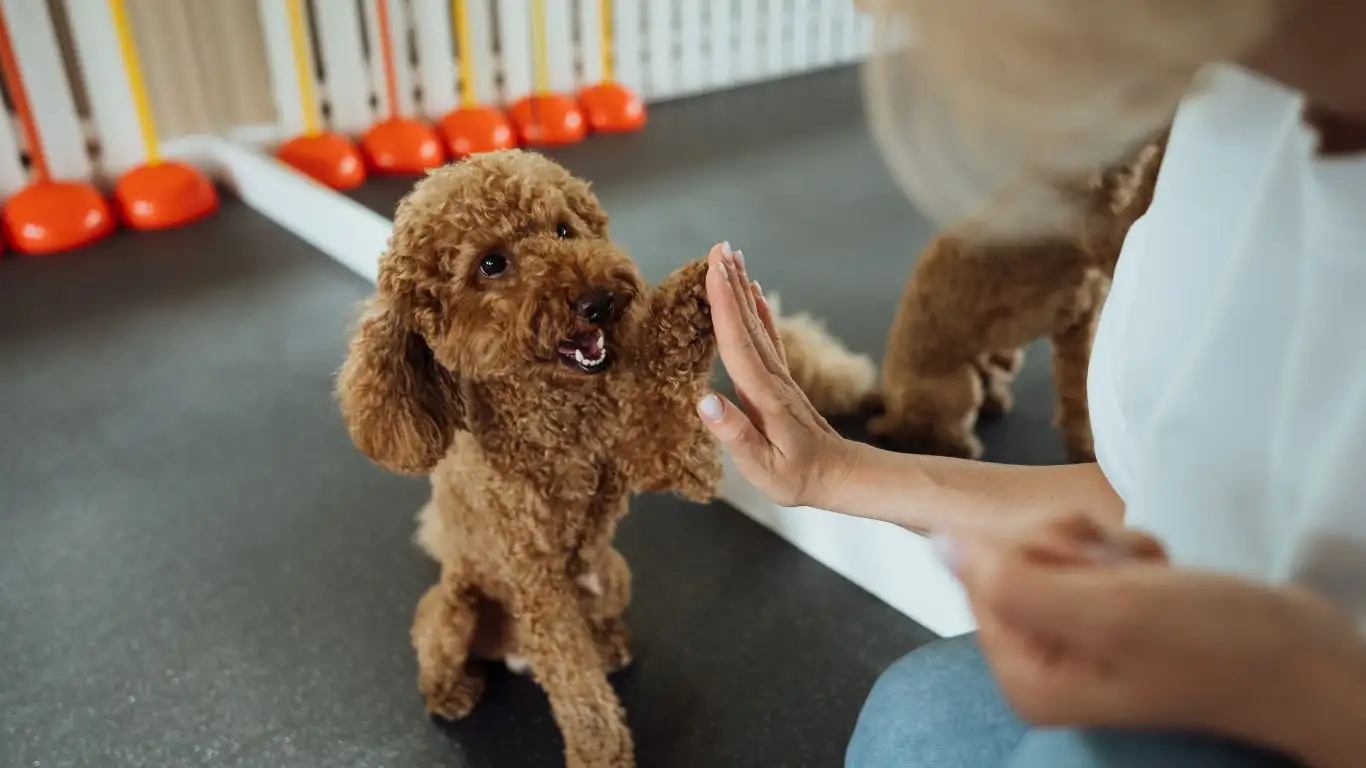
I can’t tell you how many dog parents I’ve met who are overwhelmed by the pet food aisle. And honestly? I don’t blame them. Kibble, raw, fresh-cooked, grain-free, limited ingredient—it’s a jungle out there. But here’s what I always say during training sessions: your dog’s diet should match their lifestyle.
Choose Quality Ingredients
When evaluating dog food, look for:
- Named proteins (like chicken, lamb, or salmon—not “meat by-products”)
- Whole ingredients like sweet potatoes, brown rice, or blueberries
- Minimal fillers—avoid corn, soy, or excessive wheat as the main ingredients
Back when I was training a therapy dog named Mocha (a high-energy border collie with a sensitive stomach), we struggled with food intolerance issues. A vet-guided switch to a limited-ingredient diet made a world of difference—her coat got shinier, and her focus during training sessions improved significantly.
Understand Portion Control
Overfeeding is a sneaky health hazard. Even a few extra ounces per day add up over time. Use these general rules:
- Follow your food brand’s feeding guide—but adjust based on your dog’s activity level.
- Watch their body condition more than the scale: you should feel (not see) their ribs.
- Don’t forget to account for treats! They should make up no more than 10% of daily calories.
Regular Exercise: Mental and Physical
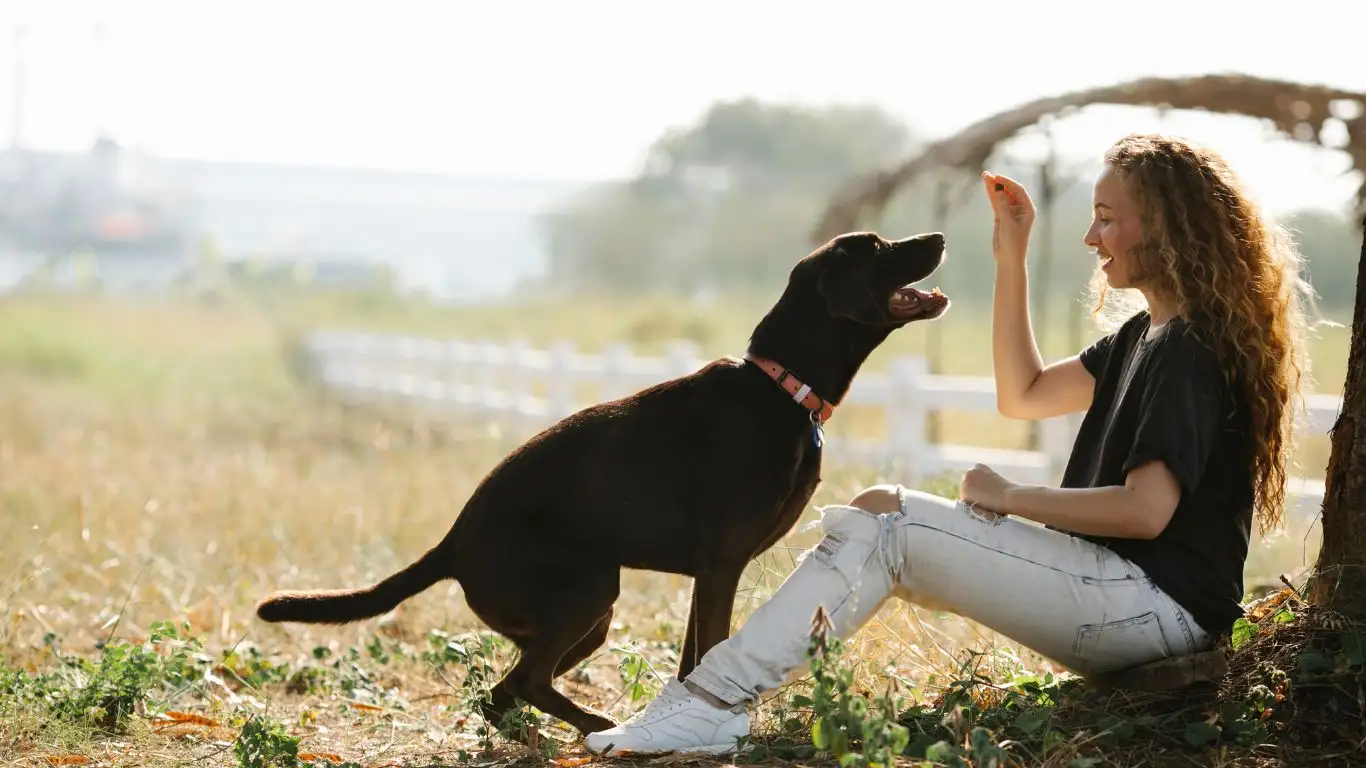
Dogs, like people, need a healthy balance of movement and mental stimulation. I’ve trained dozens of therapy dogs, and it still amazes me how a brisk walk or a quick scent game can completely shift a dog’s behavior for the better. It’s not just about burning calories—it’s about channeling their instincts in positive ways.
Find What Moves Your Pup
Every breed and every individual dog has different needs. Some quick examples from my experience:
- Herding breeds (like Aussies or border collies) love structured fetch or agility courses.
- Hounds thrive on scent games—try hiding treats around the house or yard.
- Senior dogs still enjoy gentle strolls and puzzle toys to stay sharp.
Mix It Up
Don’t get stuck in a walk-around-the-block rut. Here’s what I recommend adding to your weekly routine:
- Park adventures with new sights and smells
- Obstacle course time—even if it’s just using patio furniture!
- Social playdates with other well-mannered dogs
One of my favorite pups, Luna the pit mix, struggled with reactivity on leash. We swapped some of her walks for nose work games in the backyard, and the transformation in her confidence (and behavior) was incredible.
Routine Vet Visits Matter (Even if They Hate It)
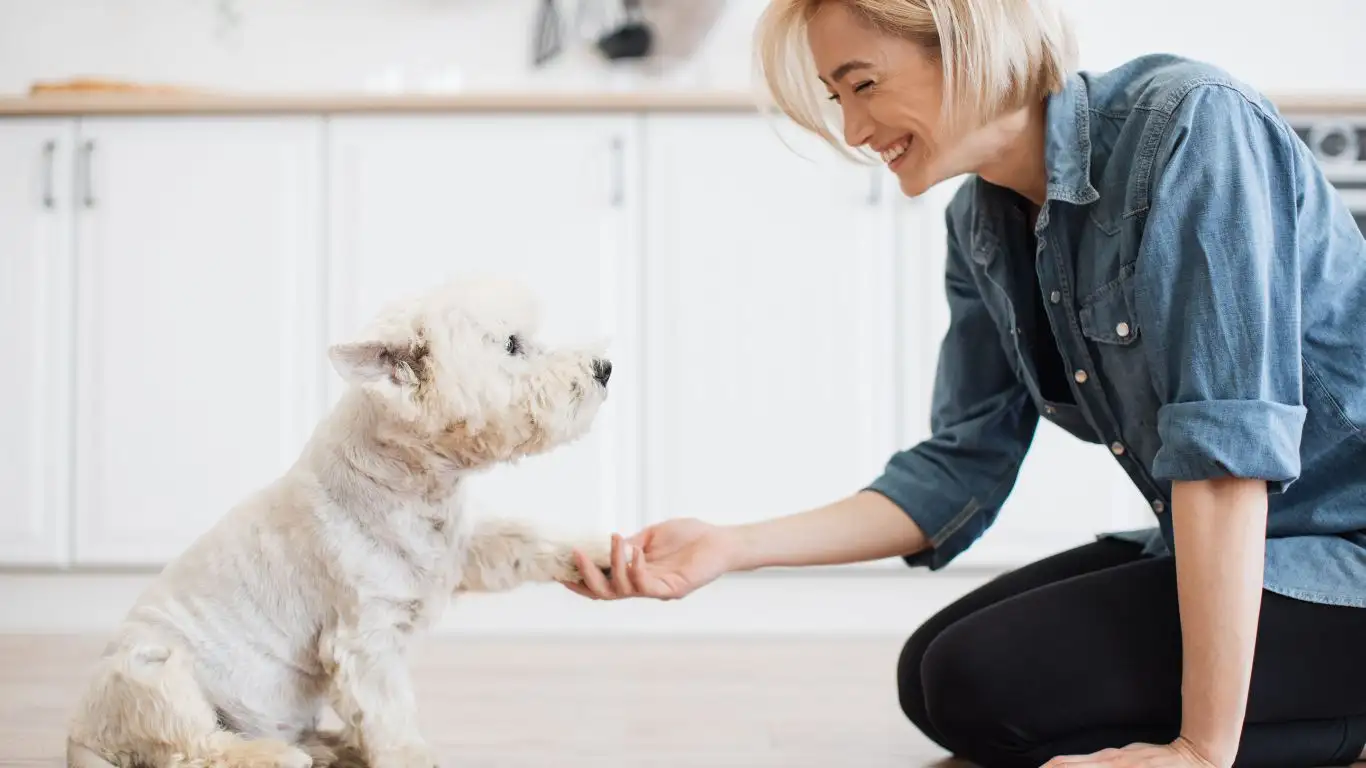
Let’s be real—most dogs aren’t fans of the vet. But those yearly checkups are more than just shots. They’re early warning systems for things like dental disease, weight gain, or joint issues. I’ve seen dogs who seemed fine during training but were later diagnosed with underlying pain. Once it was addressed, their energy bounced back in ways that felt like magic.
What to Discuss at Your Dog’s Vet Check
- Diet changes or digestive issues
- Behavioral changes (even subtle ones!)
- Mobility or reluctance to exercise
- Preventative care: flea, tick, and heartworm prevention
I always recommend keeping a small log or journal—just jot down any weird behavior, appetite changes, or new lumps/bumps. It makes vet conversations way more productive and ensures you don’t forget the “Oh yeah, she’s been licking her paw more lately” detail.
Grooming: The Hidden Health Game-Changer
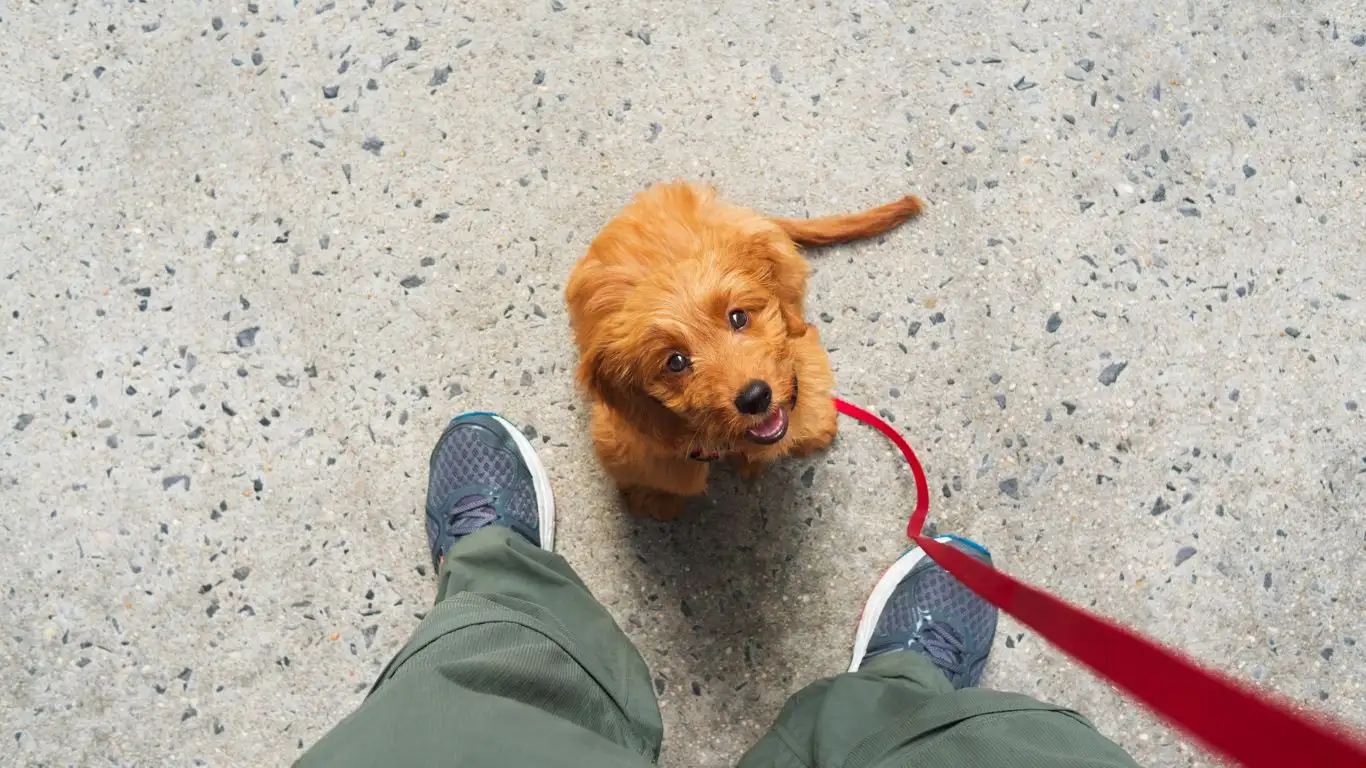
It’s easy to think of grooming as just a beauty regimen—bathing, brushing, and trimming. But for a dog, regular grooming is more than skin deep. During my time as a Canine-Assisted Therapy Trainer, I’ve seen how grooming can drastically impact a dog’s overall health, from their skin condition to their emotional well-being. Plus, it gives you the perfect opportunity to keep an eye out for any sneaky health issues like ticks, skin infections, or even lumps that might otherwise go unnoticed.
Brushing: A Key to Good Health
Brushing isn’t just about keeping your dog looking cute—although, let’s be honest, it’s a bonus when they do! Brushing your dog’s coat regularly has numerous benefits:
- Prevents matting, which can be uncomfortable and even lead to skin infections.
- Distributes natural oils, keeping their skin and coat healthy and shiny.
- Reduces shedding and the amount of fur that ends up all over your house!
- Helps detect skin issues early, like hot spots, rashes, or bumps.
For dogs like my buddy Leo, a goldendoodle, who has a thick, curly coat, brushing is a must. At first, Leo wasn’t thrilled about it, but after I paired his grooming sessions with playtime and positive reinforcement (treats and praise), he came to enjoy them. It became a bonding time, and his coat always looked spectacular. It’s also worth noting that the frequency of brushing depends on your dog’s breed and coat type—short-haired dogs might only need brushing once a week, while long-haired breeds may require daily brushing.
Bathing: Less Is More
While baths are necessary, it’s important not to overdo it. Overbathing can strip your dog’s skin of its natural oils, leading to dryness, itching, and irritation. I’ve worked with dogs that were bathed too often, and the result was often worse skin issues than before! Generally, most dogs only need a bath every 4-6 weeks unless they’ve rolled in something truly stinky or gotten really dirty during playtime.
When it’s time for a bath, make sure to use dog-specific shampoos that are gentle on their skin and free from harsh chemicals. I always recommend natural or hypoallergenic products, especially for dogs with sensitive skin, like my therapy dog, Rosie. Rosie, a rescue pit bull, struggled with dry, flaky skin for a while. Switching to an oatmeal-based shampoo and reducing the frequency of her baths helped her tremendously.
Dental Care: A Must-Do for a Long-Lasting Smile
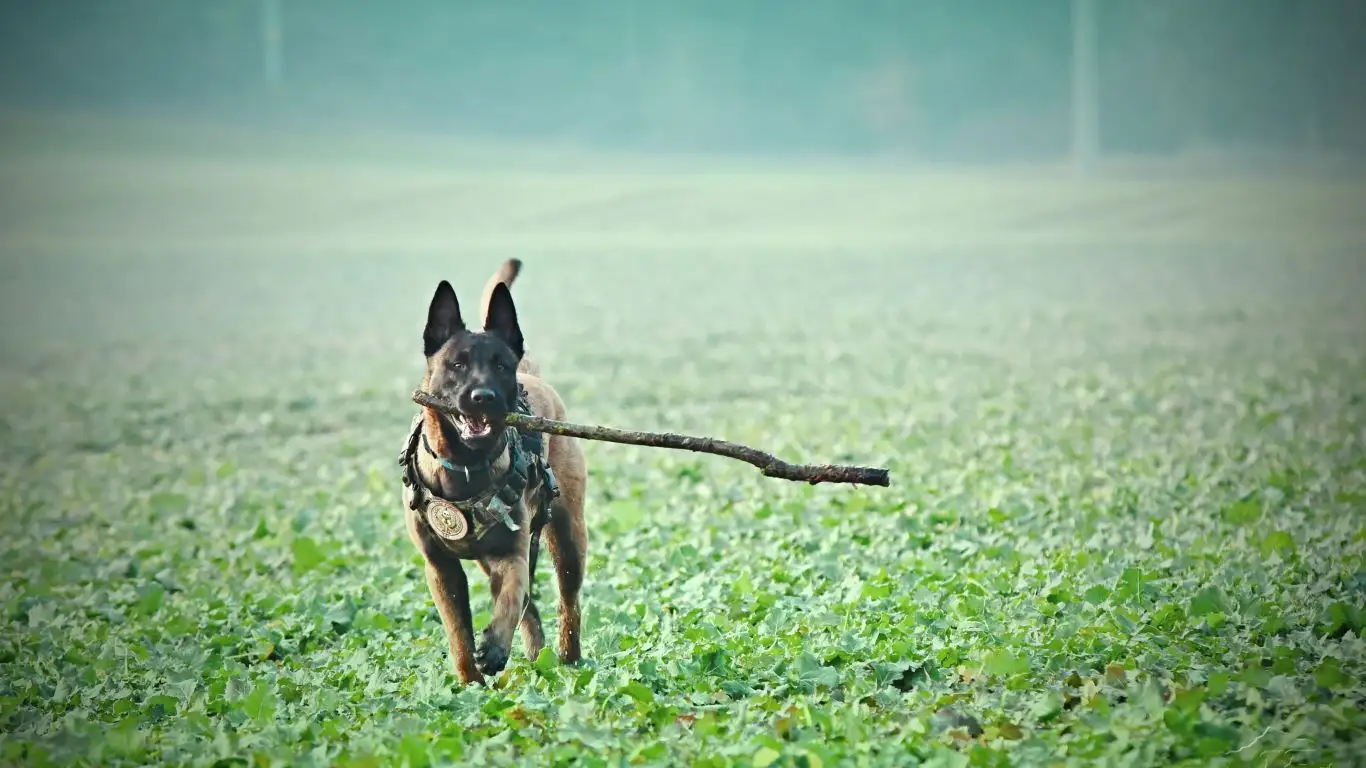
We often think of a dog’s health in terms of exercise, food, and grooming, but dental care is often overlooked. However, it’s one of the most important aspects of a dog’s overall well-being. Without regular dental care, dogs can develop serious issues like gum disease, tooth decay, and even heart disease down the line.
Start Early
If you’re thinking, “My dog’s teeth look fine,” don’t be fooled. Plaque can build up even if their teeth seem clean, and it can turn into tartar, leading to gum disease. Starting dental care early in your dog’s life will set them up for long-term success. When I first brought my rescue dog, Sam, into my family, I immediately began brushing his teeth. He wasn’t thrilled at first, but with patience and positive reinforcement (treats, of course!), Sam got used to it. Now he enjoys it, and his vet is always impressed with how clean his teeth are.
Tools and Techniques
Here are a few things you can do to keep your dog’s smile healthy:
- Brush your dog’s teeth with a dog-friendly toothpaste (never human toothpaste—it can make them sick!).
- Chew toys and dental chews can help clean teeth and massage gums.
- Regular vet checks to monitor for any signs of gum disease, such as bad breath, red gums, or yellowing teeth.
For dogs that are more resistant to brushing, there are water additives and special dental wipes available. I’ve used both with good success, especially with the older dogs in my care who weren’t fans of toothbrushes but still needed dental hygiene support. And remember, just like any other health routine, consistency is key. Skipping even one or two weeks can lead to buildup, and it’s much harder to get that tartar off once it’s established.
Hydration: More Than Just Water
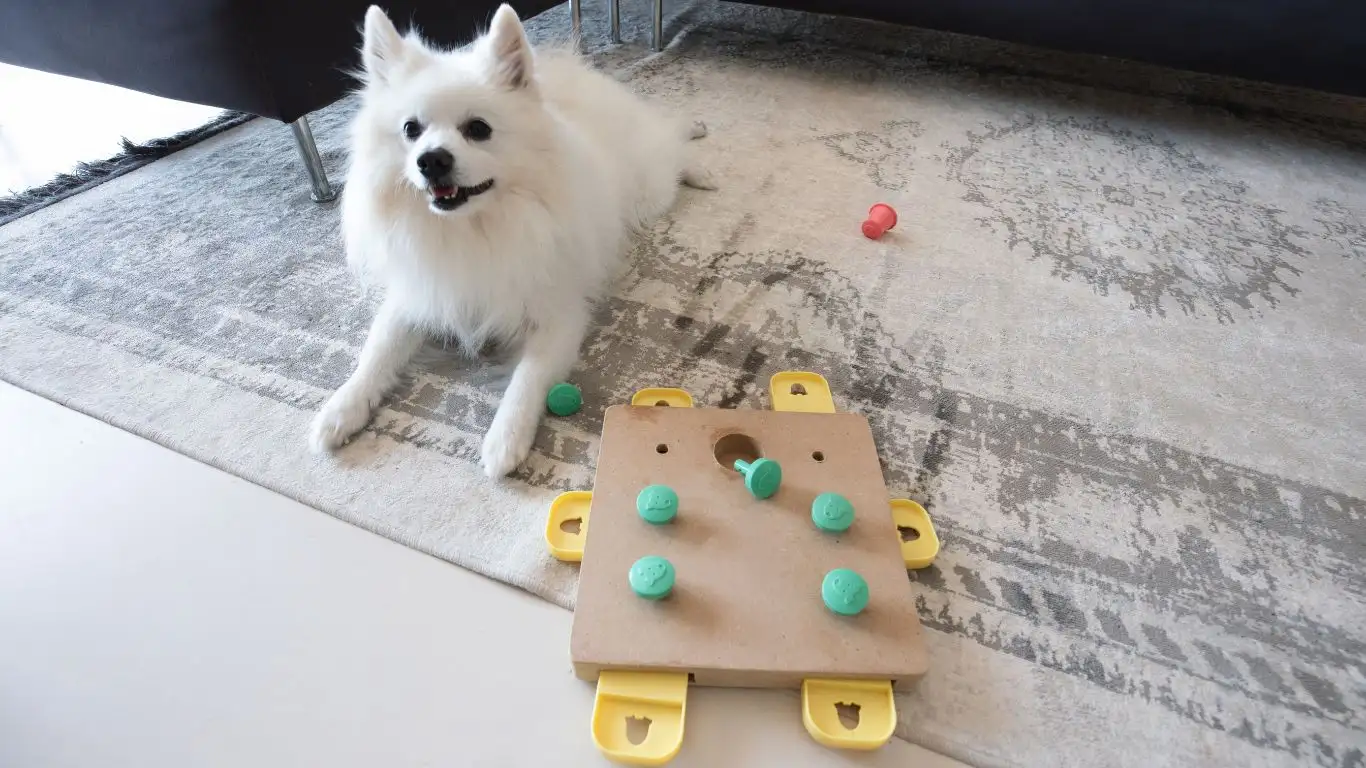
Most of us know the importance of keeping our dogs hydrated, but let’s dive a little deeper. Water plays a critical role in digestion, joint health, and the overall well-being of our pups. It’s easy to forget, especially during the colder months when your dog might not be as active, but staying hydrated is essential year-round.
Monitor Their Water Intake
It’s not just about putting out a bowl and hoping for the best. Some dogs are natural drinkers, while others are a bit more reluctant. For instance, my dog Daisy, a bulldog, tends to be picky about her water bowl. I found that by offering her fresh water regularly throughout the day and ensuring it’s clean (she’s not a fan of standing water, no matter how clean it is), she drinks more. If your dog isn’t drinking enough, you might need to try different bowls or even offer ice cubes as a fun treat.
Remember, dehydration can lead to serious health problems, including kidney disease. In addition to offering water regularly, some dogs benefit from wet food or water-rich fruits and veggies like watermelon or cucumbers. I’ve seen some of my therapy dogs do much better with an extra splash of hydration in their meals.
Training: The Key to a Happy, Well-Behaved Pup

Training isn’t just about teaching your dog to sit or stay—it’s about creating a solid, trusting relationship with your furry friend. And let me tell you, a well-trained dog is a happy dog! I’ve been lucky enough to work with therapy dogs, and over the years, I’ve seen how consistency, patience, and positive reinforcement can transform not just behavior, but the bond you share with your dog.
Positive Reinforcement: The Secret Sauce
If you’ve ever heard the phrase “You catch more flies with honey than vinegar,” that’s the essence of positive reinforcement training. Rather than using punishment or negative feedback, you reward your dog for doing the right thing. It’s effective, it builds confidence in your dog, and it strengthens your bond.
During training sessions, I always focus on rewarding the behavior I want to see more of, whether that’s with a treat, verbal praise, or even a fun play session. For example, when training my dog, Max, to remain calm during therapy sessions, I would reward him every time he stayed relaxed while a new person came into the room. The key is consistency—Max learned that calm behavior leads to good things, and that positive connection built trust. Plus, it was fun for both of us!
Keep Sessions Short and Sweet
When you’re training your dog, short, frequent sessions are more effective than long, drawn-out ones. I’ve found that most dogs, especially younger ones, have shorter attention spans, so keeping things brief but regular is the best approach. For instance, a 10-15 minute training session a few times a day is often more productive than a single, hour-long session.
Over time, as your dog masters new skills, you can gradually extend the duration of your sessions, but always ensure they’re engaged and enjoying the experience. And if your dog seems frustrated or disinterested, take a break and try again later. Remember, a happy training experience leads to a well-behaved, confident pup.
Mental Stimulation: A Tired Mind is a Happy Mind
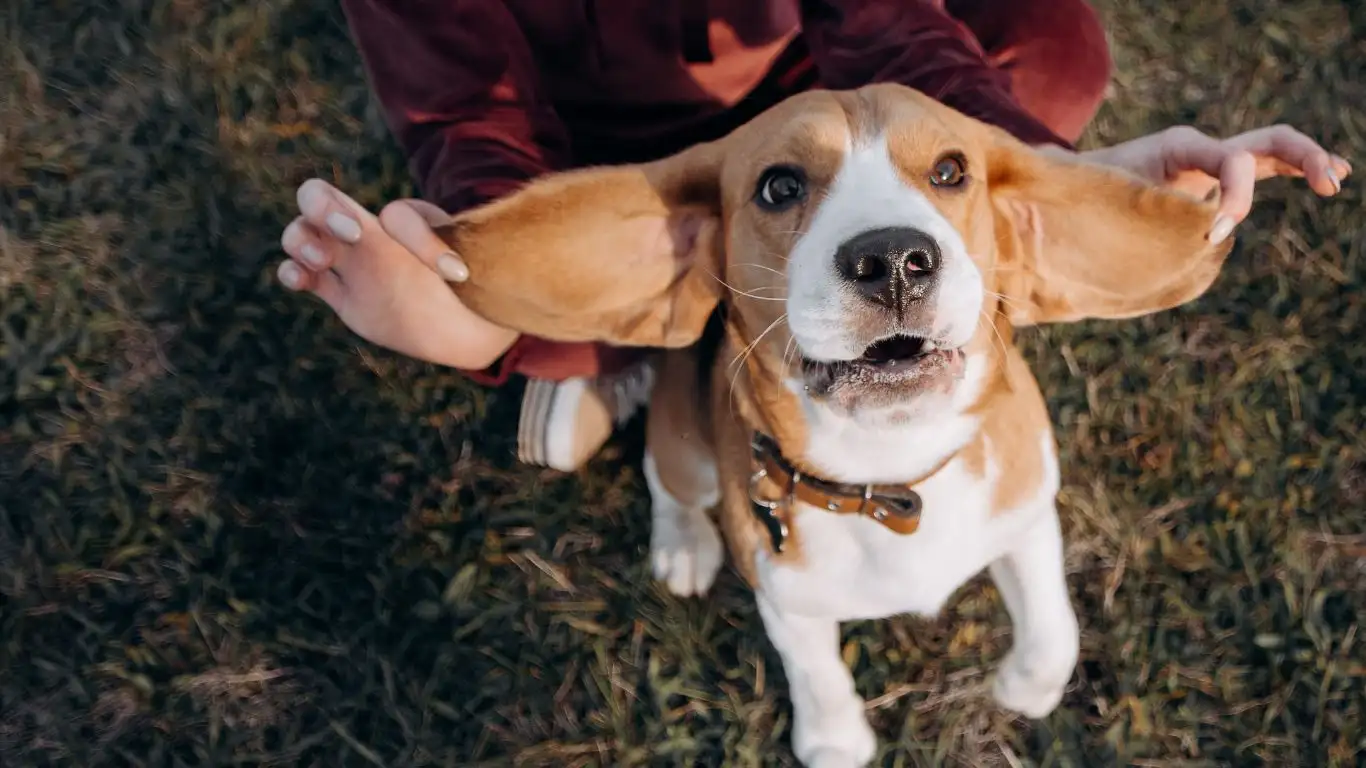
We’ve all heard that “a tired dog is a good dog,” but it’s not just about physical exercise. Dogs also need mental stimulation to stay sharp and satisfied. I’ve worked with several therapy dogs who excelled because they were mentally engaged as much as they were physically active. And here’s the thing—mental stimulation is just as important as physical exercise when it comes to your dog’s overall well-being.
Brain Games and Puzzles
Just like we enjoy a good puzzle or game, dogs thrive on challenges that engage their brains. Puzzle toys, hide-and-seek games, and scent work can keep your dog mentally stimulated and prevent boredom. For example, my golden retriever, Bella, loves her puzzle toys, where she has to figure out how to get to the treat hidden inside. It took her a few tries at first, but now she’s a pro, and she has a blast every time.
You can also create simple mental challenges by hiding treats around the house or yard, encouraging your dog to use their nose to find the goodies. This type of nose work is fantastic for building confidence and channeling energy in a positive way, especially for breeds that love to work and problem-solve.
Training New Tricks and Skills
Learning new tricks isn’t just fun—it’s a fantastic way to keep your dog’s mind sharp. Try teaching your dog something a little more complex, like “roll over” or “play dead,” or even more advanced tricks like fetching specific items by name. Not only will your dog get a mental workout, but you’ll also strengthen your communication and bond.
Training new tricks also provides an opportunity to reward your dog with treats and praise, which helps reinforce positive behavior and creates a well-rounded, confident dog.
References
For more information on dog health and training, I highly recommend checking out the following resources:
Disclaimer
The information shared in this article is based on my personal experience as a Canine-Assisted Therapy Trainer and is intended for general guidance. Always consult your veterinarian for specific health concerns regarding your dog. Every dog is unique, and their health and well-being depend on various factors, including age, breed, and individual needs. This article does not replace professional veterinary advice or treatment.
